FINALLY CURE THE EARTH OF MAN: An Interview with Phil Mucci, Metallica Music Video Director – By Rathan Krueger
A robot uprising lead by power chords and double bass kicks doesn’t sound so bad. Well, apart from the global genocide. Hetfield must not’ve gotten enough apocalypse from all the Cthulhu nods throughout the years, so he turned to his smartphone instead of the Great Old Ones for inspiration. The most fun Metallica outro since “Damage Inc.,” “Spit Out the Bone” closes out the band’s tenth studio (double-)album, HARDWIRED… TO SELF-DESTRUCT. It’s almost an answer to the album’s opener, “Hardwired” (“We’re so fucked”/”Long live machine”), and the video is fantastically batshit insane.
Metallica decided to give each song a video, and there are some pretty good ones. “ManUNkind”, “Halo on Fire”, “Here Comes Revenge”, and the Lemmy tribute, “Murder One,” spring to mind. But “Spit Out the Bone”… No matter how Westworld ends, the music video is the ending I’ll remember. Directed by Phil Mucci, it takes the theme of the song and runs with it like a grindhouse movie on Svengoolie — splattered blood trail and all. We were lucky enough to get Mr. Mucci (also designer of Rob Zombie’s HALLOWEEN poster) to answer a few questions about the music videos he’s made. He also shared some posters and BTS photos.
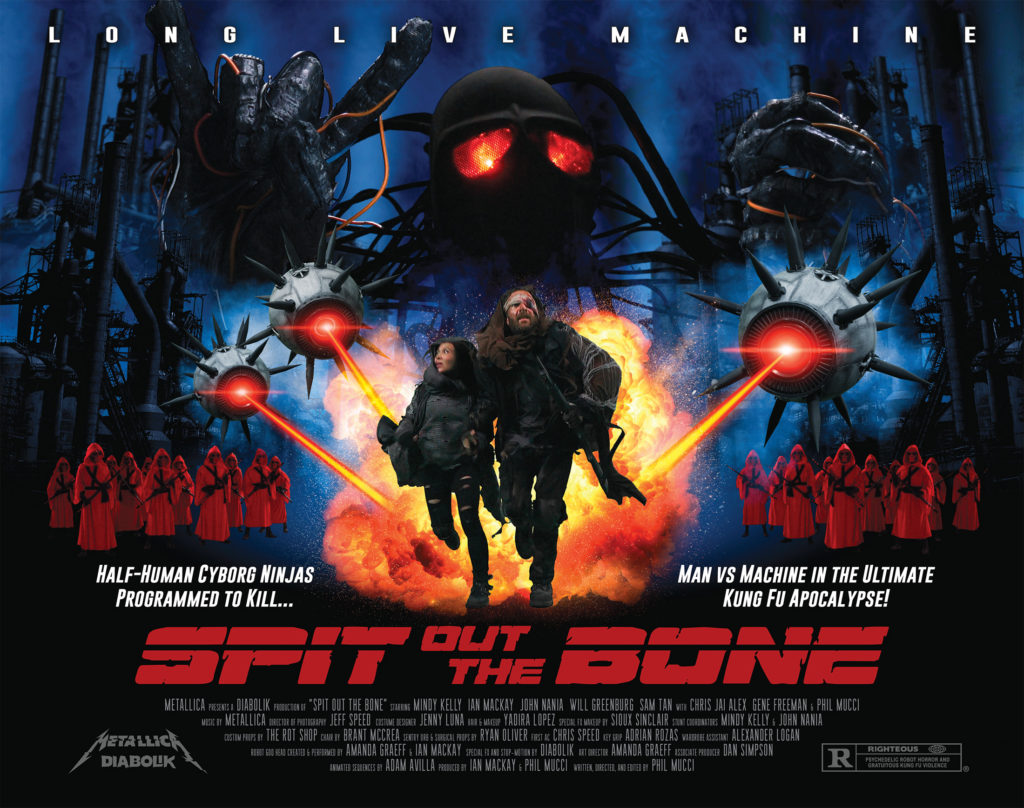
Firstly, congrats on the filmography. One of the stand-out things about your style is your ability to do a lot with a little. In your videos such as Disturbed’s “The Vengeful One,” High on Fire’s “Fertile Green,” and Huntress’ “Zenith,” you had only a few performers and a green screen. Yet you managed to create dense, vibrant worlds in each. Was it something that you developed or did you wake up one day and decide “let’s get dangerous?”
Thanks man! That style was something that developed over time, for sure. I first started doing music videos in 2009, and the budgets were already getting low, and have continued their downward slide ever since. These budgetary constraints were responsible for all kinds of clever gimmick videos, driven by variations on a quirky visual idea, but having come from a more narrative filmmaking background, I still wanted to tell stories. Locations, permits, insurance, etc – all cost a fortune – so with little money, learning to do green screen stuff became my main workaround.
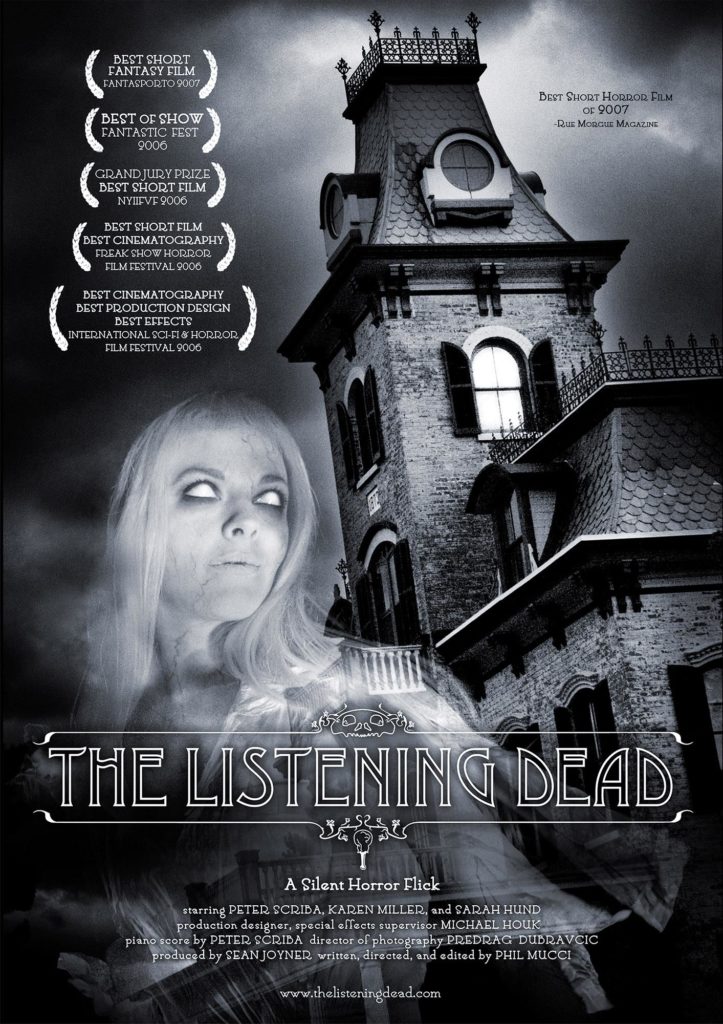
Your site shows two short films you’ve directed and won awards for. Have music videos become a new outlet for them, or have you not been interested in making more?
When I made those short films, I was still a successful commercial photographer in New York City, with plenty of “fuck you” money to burn. Doing the first one, The Listening Dead, was a real wake-up call to me, and I knew from that point on I wanted to focus on becoming a filmmaker; of course, poverty soon followed! After leaving the feature film I moved out to Los Angeles to direct, I had no work and no money, so my manager at Anonymous Content introduced me to their music video division, and I began writing treatments (for free). After writing 35-40 music video treatments that never got made, I finally got to do one for Halestorm, a new band at the time that I’d shot stills for and who really liked working with me. Little by little, Rick Ernst at Roadrunner Records (my main client in those daze) gave me more and more freedom, so that by the time I did Opeth’s “The Devil’s Orchard,” I was really doing my own thing. At that point, the videos became my short films, financed (mostly) by labels, with soundtracks provided by the band.
I was also taking meetings and developing scripts for various feature films, but none of that work paid, and none of those films got off the ground. Music videos became a great creative outlet for me that actually kept me going when I started to lose hope. They’re the crack cocaine of filmmaking! Unlike feature films, where you might work for months or years on something that you never get to actually make and share with an audience, with music videos you’re given money to make your short film within weeks of writing it. Having no funds of my own to produce stuff, I found music videos impossible to resist for that quick creative fix.
That said, now that I’ve developed a body of work, I’m ready to return to some more personal filmmaking, and I’ve got an animated series in the works, Professor Dario Bava, which elevates our animated music video style. It’s composed of 10 minute short film “chapters” that tell a larger story, which in the case of the first four episodes, is Professor Dario Bava: Orgy of the Blood Freaks.
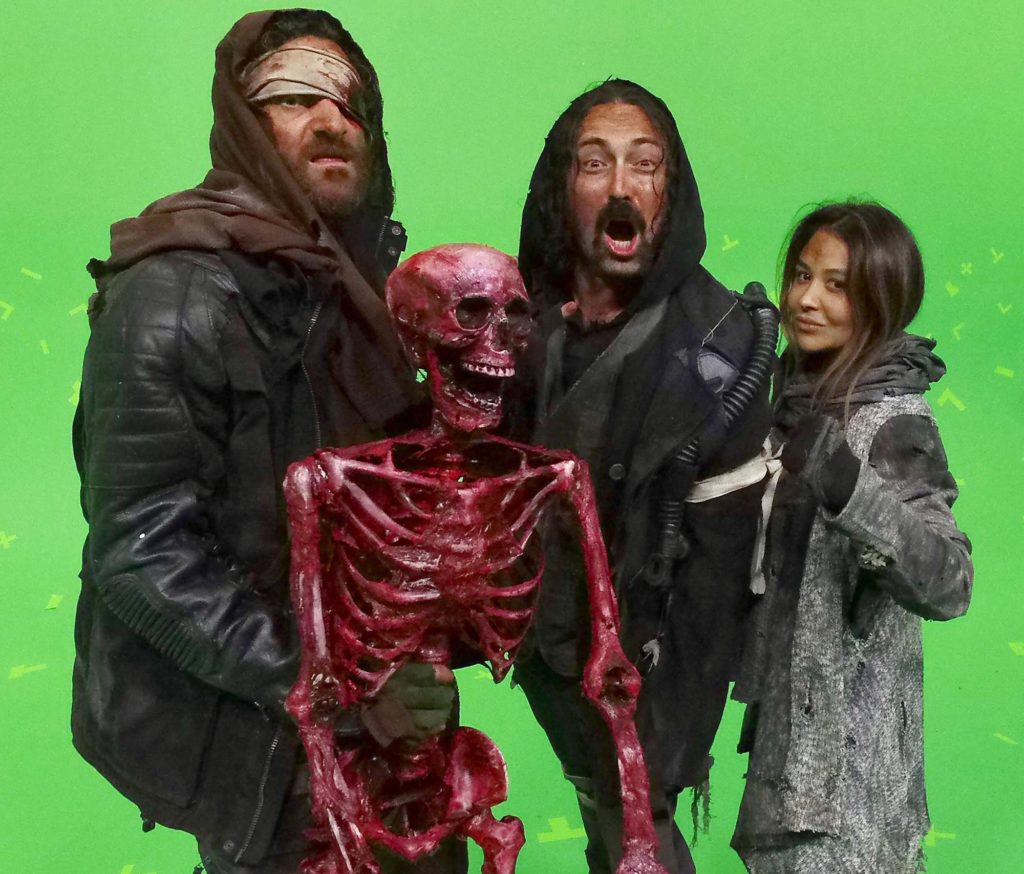
With regards to your visual style and your recurring theme of insurrection, what’s inspired you (movies, comics, music, etc), and what’s inspired you lately?
In terms of the visual style, I’m inspired by a lot of stuff. As I do more and more things, it all starts to merge into what other people call my style, but if we were to unpack it at this stage, I think the animation harkens mostly to rock n’ roll poster art, Heavy Metal magazine (huge Richard Corben fan!), the films of Ralph Bakshi, Hayao Miyazaki, René Laloux, Walt Disney, and the anthology film version of Heavy Metal. My overall film influences are broader. In my youth I was really inspired by David Lynch, Alex Cox, Sam Raimi, Paul Verhoeven, George Lucas, and Steven Spielberg. As I got older, I was more drawn to the energy and weirdness of independent low-budget filmmakers like Russ Meyer, Roger Corman, Jack Hill, and European directors like Jess Franco, Dario Argento, Mario Bava, and Lucio Fulci. I love the Coen Brothers and Martin Scorsese as well, and art-film directors like Antonioni, but I think I personally learn/steal the most from low-budget genre filmmakers. I’m old enough to have fond memories of the drive-in, and those anarchic B-movies left an indelible impression on me that comes out in my work all the time.
The recurring theme of “insurrection” (I prefer revolution!) comes more from my own political views as they’ve evolved over the course of my life. I grew up in the Reagan era, so punk rock and heavy metal were my rebellion music. As it turns out, we were right to be pissed off – things have gotten worse for most people ever since! I also believe that as a filmmaker I have two responsibilities: to entertain people, and to say something. It doesn’t need to be profound, but I think art is a dialogue over time, and I seem to always want to talk about sticking it to the Man! I think a lot of my writing obviously comes from movies, but also Kurt Vonnegut, Hunter S. Thompson, Tom Robbins, Franz Kafka, Ray Bradbury, Clive Barker, and George Saunders.
Are you a fan of animation, or is you making it part of your art something you happened upon because you couldn’t figure out another way?
Both! I’ve always loved animation, but never considered doing it myself until I started working in music videos. Budgets being what they were (minimal), the more I could do myself, the more elaborate story I could tell. It began with Opeth’s “The Devil’s Orchard”, where I experimented with using figures in After Effects and blending them with other photography and psychedelic FX. When High on Fire’s “Fertile Green” came along, I wanted to take it further. I was looking for tutorials on YouTube and came across Ralph Bakshi giving a lecture to filmmakers, telling them to steal his rotoscoping technique since computers made it so much easier, and since he himself had stolen it from Walt Disney in the first place! I immediately realized that it would be a great way to shoot characters and use my Photoshop and After Effects skills to combine props and backgrounds to create fully realized scenes. The resulting video for “Fertile Green” is a fan favorite to this day – and one of two videos mentioned by Metallica when they approached me for “Spit Out the Bone” (the other was Torche’s “Annihilation Affair”).
I also think seeing Katsuhiro Otomo’s AKIRA on acid two nights in a row when it first came out may have permanently warped my mind in the best of possible ways, but it’s hard to be certain of such things…
There’s a scene in PEE-WEE’S BIG ADVENTURE where he saves the animals in a burning pet shop, but puts off the snakes until the last possible moment. In relation to creating, what’s your “snakes in the pet shop?”
Haha! I fucking love that movie! I’d say it would have to be writing the actual script or treatment. Brainstorming ideas is fun, and so is thinking about exciting visuals to tell your story. That work is important, and it’s hard to start writing without it, but it’s nowhere near as mentally taxing as sitting down and doing the actual writing. It’s hard, time-consuming work for me that takes all my focus and discipline to complete – especially that first draft – and sometimes the second one, which tends to require lots of rewriting and new scenes. I find myself procrastinating the most when it comes to this stage of the process, which is to say, my apartment is extremely clean by the time I start writing!

Some songs, like “Spit Out the Bone,” have a story that’s easy to translate into visuals. How does inspiration strike for the more abstract songs?
To be clear, nothing about “Spit Out the Bone” was easy! The song itself has 19 transitions in 7 minutes, so writing an affordable, action-packed treatment that kept pace with the track and could be completed within a month was no easy task; and without an incredibly talented team of devoted artists, it might never have come together under such grueling production conditions.
For more abstract songs, the process is basically the same for me. I listen to the track incessantly and write down any ideas that I get from the music or the lyrics. Once I have about 7-12 typed pages of notes, I pick out the strongest ideas and themes and start to form the narrative. It helps a lot when the band has already told me what videos of mine they like. That’s why ever since “Fertile Green” you see so many Road Warrior/Snake Plissken style badasses in my videos – metal bands love that type of character! One key difference with the more abstract the songs is that the visuals tend to evolve more organically in post-production, as they did in Opeth’s “The Devil’s Orchard.”
You’ve done a few music videos for Napalm Records. How did that come about, and how did that road lead to Metallica?
It actually didn’t lead to Metallica in any tangible way. Metallica mentioned only two of my previous videos when they approached me, and neither of them were for Napalm. It was actually High on Fire’s “Fertile Green” that led to both Napalm and Metallica. The band Huntress, who were on Napalm at the time, approached me after seeing “Fertile Green” and asked me to do “Zenith.” Monster Magnet’s “The Duke” (also on Napalm) came about when Dave Wyndorf got turned onto my work by his girlfriend, and being a huge comic book guy, became an instant fan and asked his manager to approach me about doing a video.
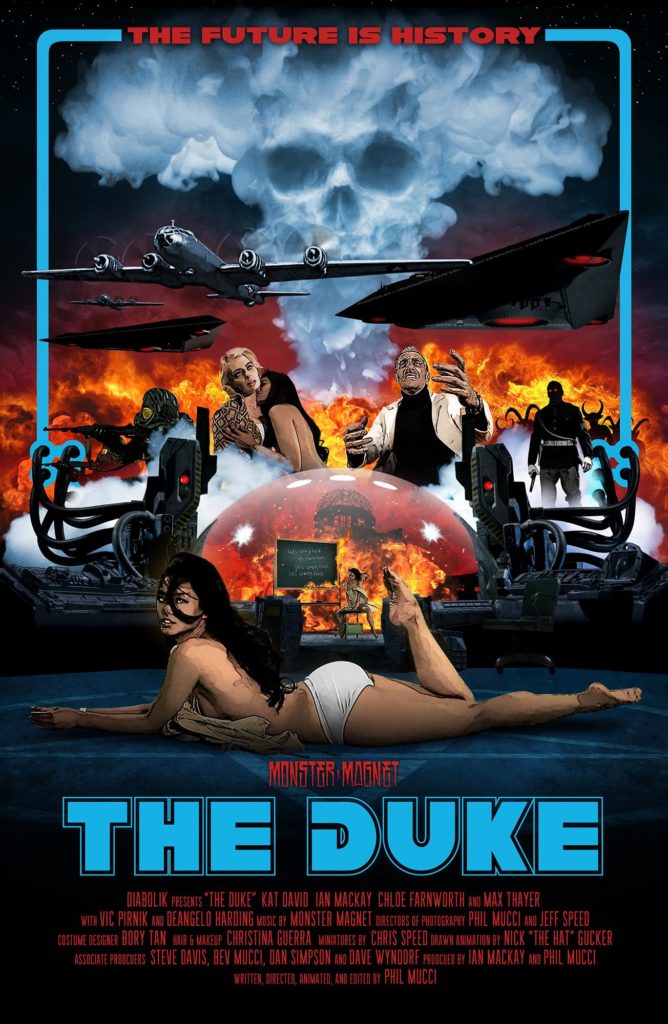
There’s an interesting “revenge of women” theme running through a few of Metallica’s videos for “Hardwired… to Self-Destruct” (your video, “Confusion,” “Halo on Fire, ” and quite literally with “Here Comes Revenge“). How much input did Metallica have for “Spit Out the Bone,” and did they suggest that you use a heroine instead of a hero?
Other than the inspiration of the song itself, Metallica had very little input on “Spit Out The Bone.” They told me their favorite videos of mine were “Fertile Green” and “Annihilation Affair,” gave me the lyrics and the track, and that was it. They actually wanted me to do an animated video, but there just wasn’t enough time. The heroine in the story came about organically as I wrote the treatment. Metallica approved the first draft of the treatment with no notes, so it took off from there. I wasn’t told anything about what any of the other directors were doing, so the feminist angle was coincidental. Well, maybe not entirely coincidental, in light of the fact that our new president-elect is a bigoted, sexist, misogynist fucktard.
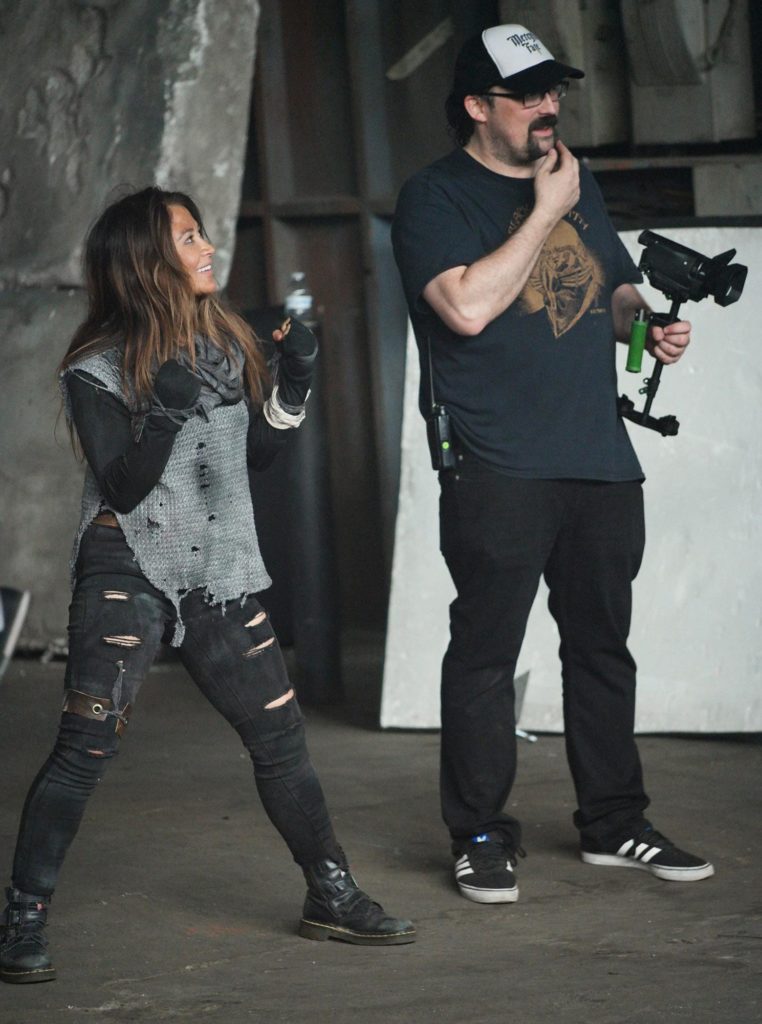
How would a musician or someone else who wants to work with you get the ball rolling?
I’m very easy to reach on social media (Facebook: Phil Mucci, Twitter/Instagram: @phil_mucci, YouTube: Phil Mucci) and we have a website, www.diabolikfilms.com.
In general, we’re not currently looking to do many more music videos (Metallica was our only exception this year). Other than the work itself, they’re just not worth it. The budgets are so low that they generally cost us money to make, and their promotional value to us as filmmakers continues to plummet every year, as fewer and fewer publications and online outlets review or feature them. We used to at least top the year-end lists, but big rock/metal sites like Revolver stopped publishing those lists years ago, and metal videos never really break through to the mainstream outlets. The best a video does for us is a week or two of online press mentions, then another mention at end of year, and that’s it. Labels don’t share any ad revenue, and they retain all the rights to the video itself, so we’re really looking forward to getting our own original content out there and building our audience.
What would you like to say to our readers about your work or anything else?
Not to dwell too much on it, but we’re headed into very dark times, and I’d like to encourage everyone to support their local activists and artists, especially those taking the fight to fascist demagogues. There’s less and less room in the global corporate hegemony for these fearless voices to make a living, and we’re going to need them when the revolution comes!
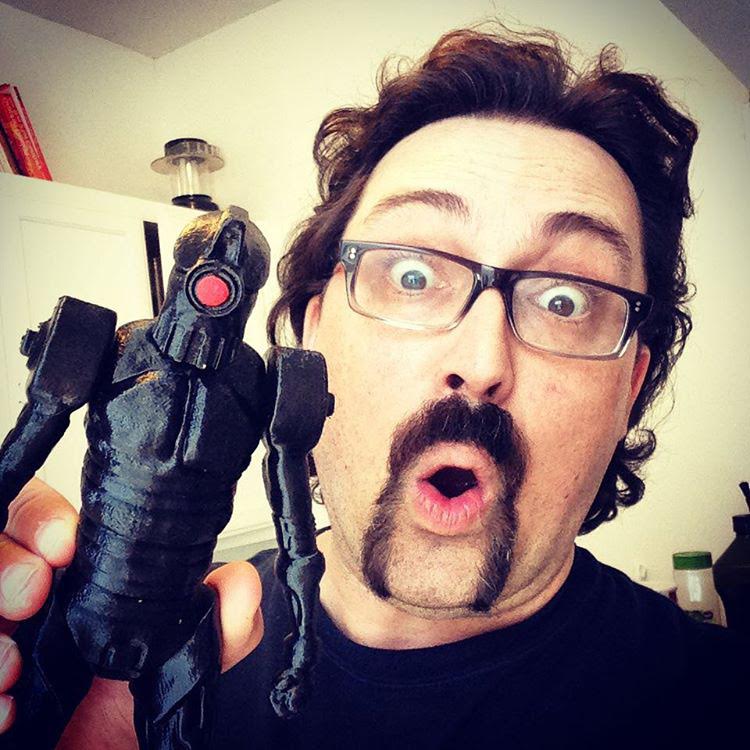
Tags: Dave Wyndorf, James Hetfield, Metallica, music, Music Videos, Phil Mucci, ralph bakshi, videos

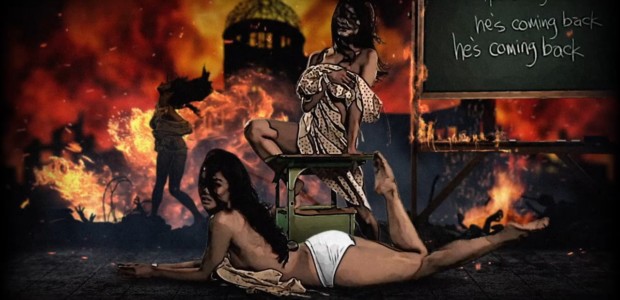
No Comments